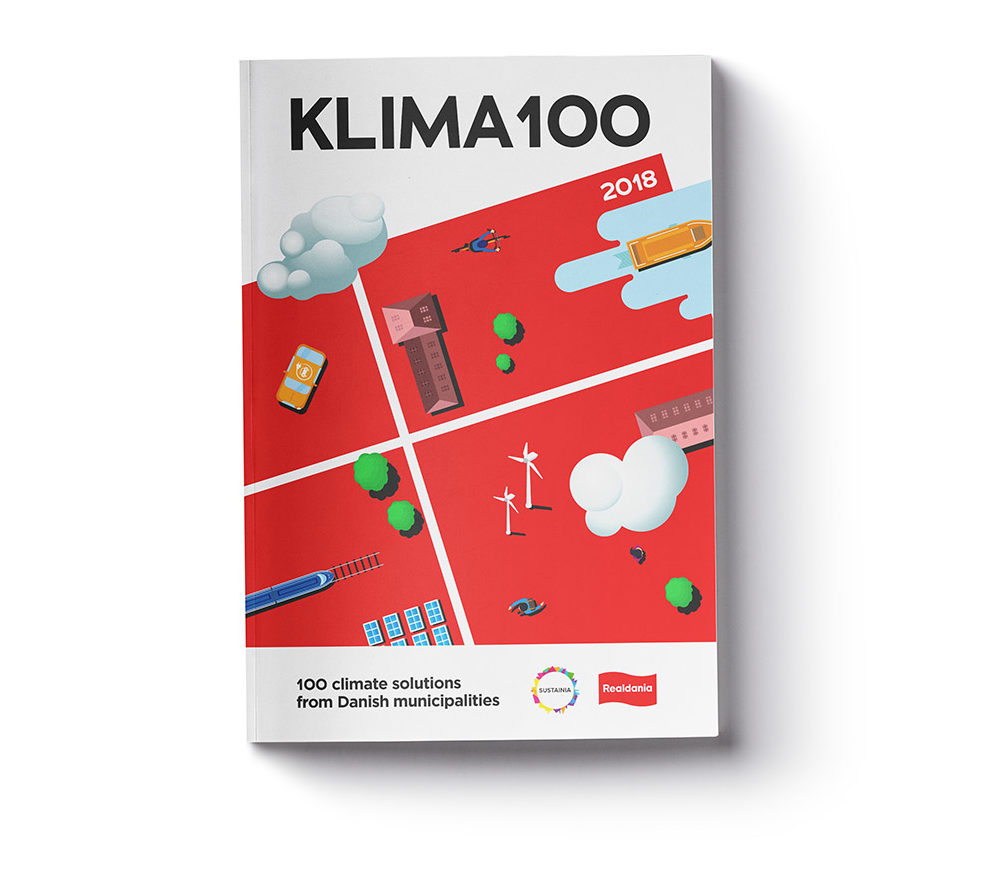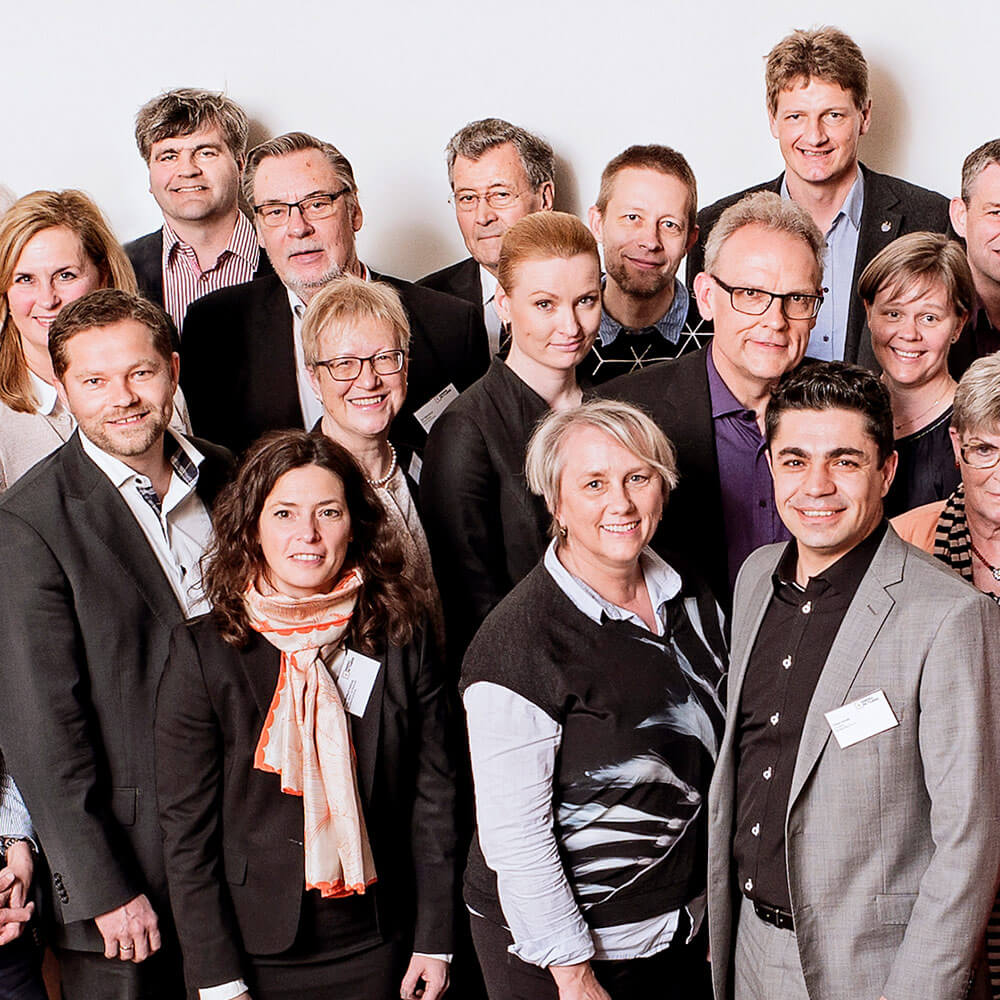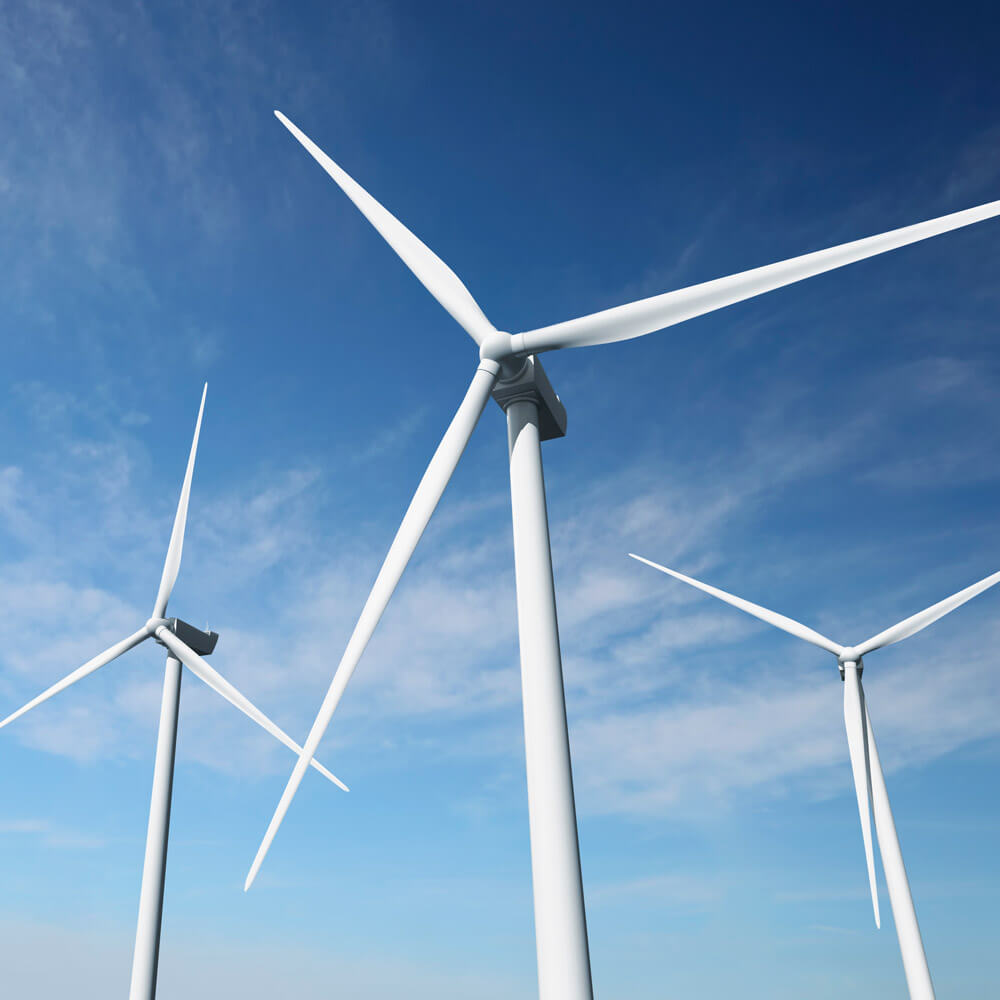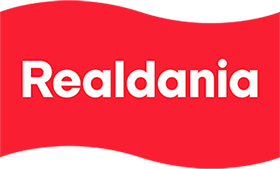Sponsored by Realdania
Sustainia’s latest publication demonstrates how local communities and municipalities pave the way for brand new market opportunities.
Last week in Copenhagen, Nordic Clean Energy Week took place, where major economies from around the globe met to accelerate the green transition. The cutting edge publication Klima100, a partnership between Sustainia and leading Nordic philantropic foundation Realdania, was officially launched during the summit at Copenhagen’s newly built architectural wonder, BLOX, with an event entitled ‘Klima100 – Sharing Local Climate Solutions.’
The publication demonstrates how localized, ‘bottom-up’ innovation is not only diversifying the disruptive markets of tomorrow, but is also vital to maintaining our way of life. C40 estimates that 40% of the Paris Agreement targets can be delivered by cities. However, the net contribution required by local governments may be even bigger. In turn, the need to slow down global warming, adapt to climate change, and create a greener future at the local level, is paving the way for the greatest market metamorphosis we will ever witness.
40% of the Paris Agreement targets can be delivered by cities.
The Klima100 publication, and our featured Klima100 Series, is living proof that the green revolution is happening at all levels and that local, small-scale opportunities are essential in solving some of Denmark’s (and the world’s) biggest climate challenges. However, the Klima100 Series encompasses solutions that go beyond the environmental. Just as climate action forms one part of the 17 United Nations Sustainable Development Goals, Klima100 demonstrates how social and economic challenges can also be addressed through climate initiatives.
3 Solutions Picked by the Editors
1. Municipal Collaboration* – 100% Renewable Energy across the Capital Region
Denmark’s capital and surrounding municipalities have entered into a partnership with local utilities to create a fossil fuel-free energy supply.
*Allerød, Ballerup, Bornholm, Brøndby, Christiansø, Dragør, Egedal, Fredensborg, Frederiksberg, Frederikssund, Furesø, Gentofte, Gladsaxe, Glostrup, Greve, Gribskov, Halsnæs, Helsingør, Herlev, Hillerød, Hvidovre, Høje-Taastrup, Hørsholm, Ishøj, Copenhagen, Køge, Lyngby-Taarbæk, Roskilde, Rudersdal, Rødovre, Solrød, Tårnby and Vallensbæk municipalities.

In the project ‘Energy Across’ (Energi på Tværs), 33 municipalities, the Capital Region of Denmark, and nine utility companies have entered into a partnership with the purpose of coordinating and collaborating on the energy transition in the capital region through strategic planning. Their vision is for the entire region’s electricity and heat supply to be fossil-free by 2035, and the transport sector to be fossil-free by 2050. The partnership has been established in recognition of the fact that achieving these ambitious goals requires a holistic, coordinated approach.
The joint framework accelerates and strengthens the green transition, as increased cooperation will reduce the number of sub-optimal investments and inefficient solutions. To ensure both municipalities and utility companies get a competency boost, knowledge-sharing has been key to the project. If the targets are reached by 2050, the region will have achieved an annual reduction equivalent to 9.2 million tonnes of CO2.
Sustainable Development Goals addressed
![]()
![]()
![]()
SDG #7: The project will provide 100% renewable electricity and heating in 2035. Additionally, the project focuses on efficiency in order to reduce the region’s energy consumption.
SDG #11: The project strengthens resource efficiency, reduces negative environmental impact locally, and ensures more sustainable urban development, transportation and waste management.
SDG #17: The project’s broad and horizontal cooperation between the region, municipalities and utility companies promotes knowledge sharing and makes the actors’ efforts more efficient and standardized.
2. Municipal Collaboration* – Northern Jutland Supports Green Transition and Jobs
Northern Jutland’s eleven municipalities and the region have mapped the possibilities of becoming 100% self-sufficient with renewable energy by 2050.
*Brønderslev, Frederikshavn, Hjørring, Jammerbugt, Læsø, Mariagerfjord, Morsø, Rebild, Thisted, Vesthimmerland and Aalborg.

In cooperation with the North Denmark Region, the eleven municipalities have analyzed what it takes to become self-sufficient with renewable energy by the year 2050. The municipalities and the region are cooperating to avoid sub-optimization and poor decision-making throughout this transition. Thus, the foundations are laid for a strategic energy plan with common goals which, with the green transition, can create 50,000 full-time jobs.
Knowledge and experience sharing has been a major part of the project since the beginning. The work has been conducted through a number of established technical working groups focusing on options such as wind turbines and district heating. Each of the groups has prepared a guidebook targeting other municipal employees, which brings together knowledge, experience and advice on the different topics covered. These guidebooks can also be accessed by employees from municipalities outside the North Denmark Region.
Sustainable Development Goals addressed
![]()
![]()
![]()
SDG #7: The project has strengthened municipal cooperation toward energy sources and has come up with options to make Northern Jutland self-sufficient with renewable energy.
SDG #8: 50,000 full-time jobs will be created as a result of the 12 billion EUR investment required for Northern Jutland to become self-sufficient and run on renewable energy.
SDG #11: The North Denmark Region faces the challenge of local out-migration. Job creation has therefore been an integral part of the green transition plan, supporting local development and energy optimization.
3. Municipal Collaboration* – Sustainable Business Models Lead the Way
The “Sustainable Bottom Line” project helps local businesses to boost green transition and improve their competitiveness.
*Allerød, København, Fredensborg & Frederikssund municipalities
The project “Sustainable Bottom Line” gives small and medium-sized enterprises in the Capital Region the chance to develop a green business model which enhances energy and resource efficiency, competitiveness and the bottom line. Throughout the project, companies are offered a structured process with potential analysis, consultancy and process support, culminating in a green business model. This gives smaller companies, who do not have the capacity to develop green business models on their own, the opportunity to work systematically with sustainable business development.
“Sustainable Bottom Line” is a collaboration between the municipality and each company, creating value for both parties. While the companies experience the direct benefits of the project, their reduced CO2 emissions and resource consumption also provide a positive effect on the municipality’s climate and waste targets and green business development. In the first half of 2018, 88 companies were part of the project, and the goal is to develop a total of 100 green business models by 2019. This is equivalent to a reduction of companies’ material consumption by approx. 2,500 tonnes and a cut in CO2 emissions by approx. 5,000 tonnes.
Sustainable Development Goals addressed
![]()
![]()
![]()
SDG #7: “Sustainable Bottom Line” contributes to energy efficiency in companies and supports the transition to renewable energy through energy assessments and guidance on better utilization of raw materials.
SDG #12: The project helps to map possibilities for recycling materials, such as upcycling, so that resources can be reintegrated into the economic cycle.
SDG #17: Core to the project is the vested cooperation between companies and the municipality, as well as their joint work to underline resource efficiency in business strategies.
This article was unlocked by Realdania, so that you could read it for free.



